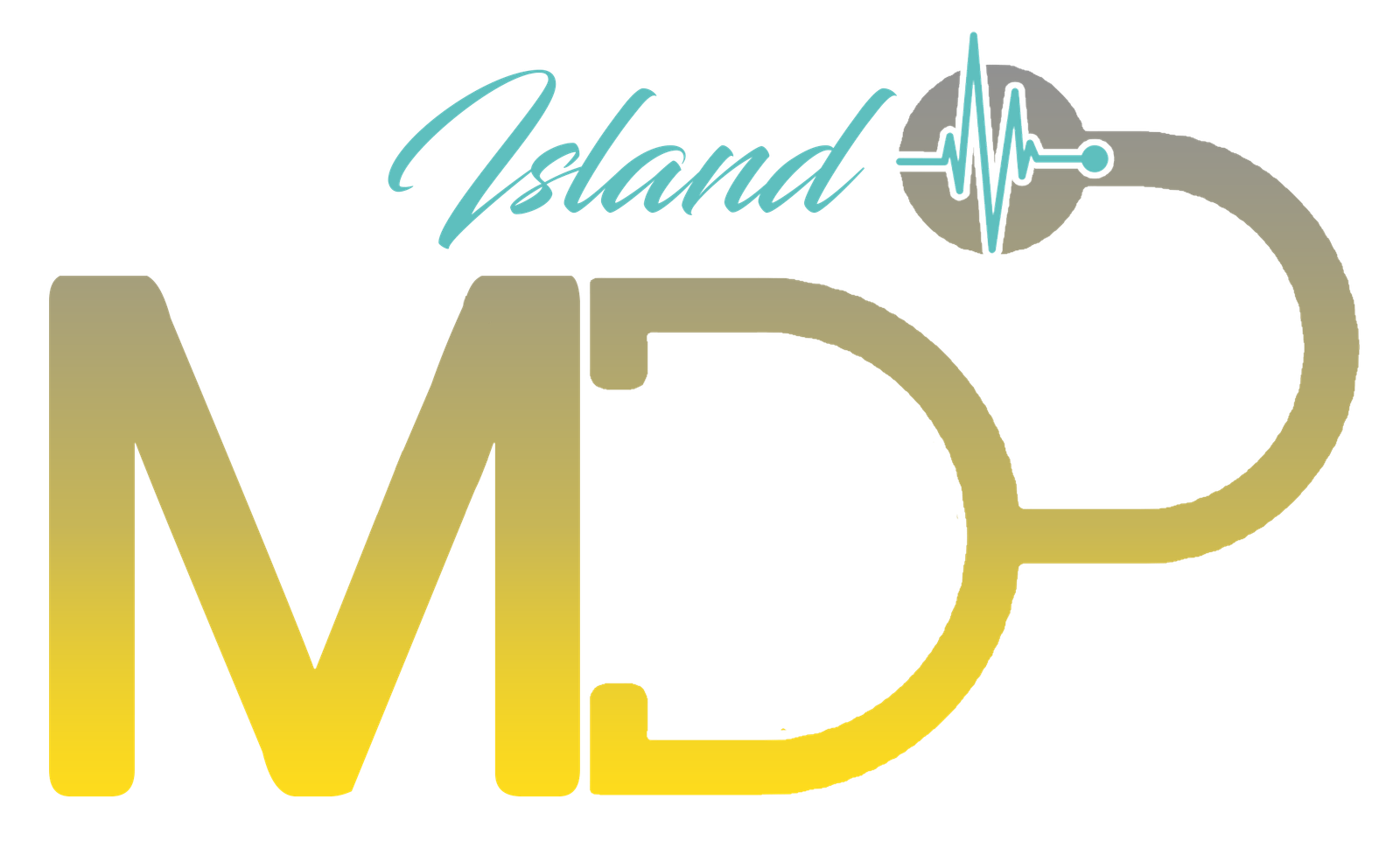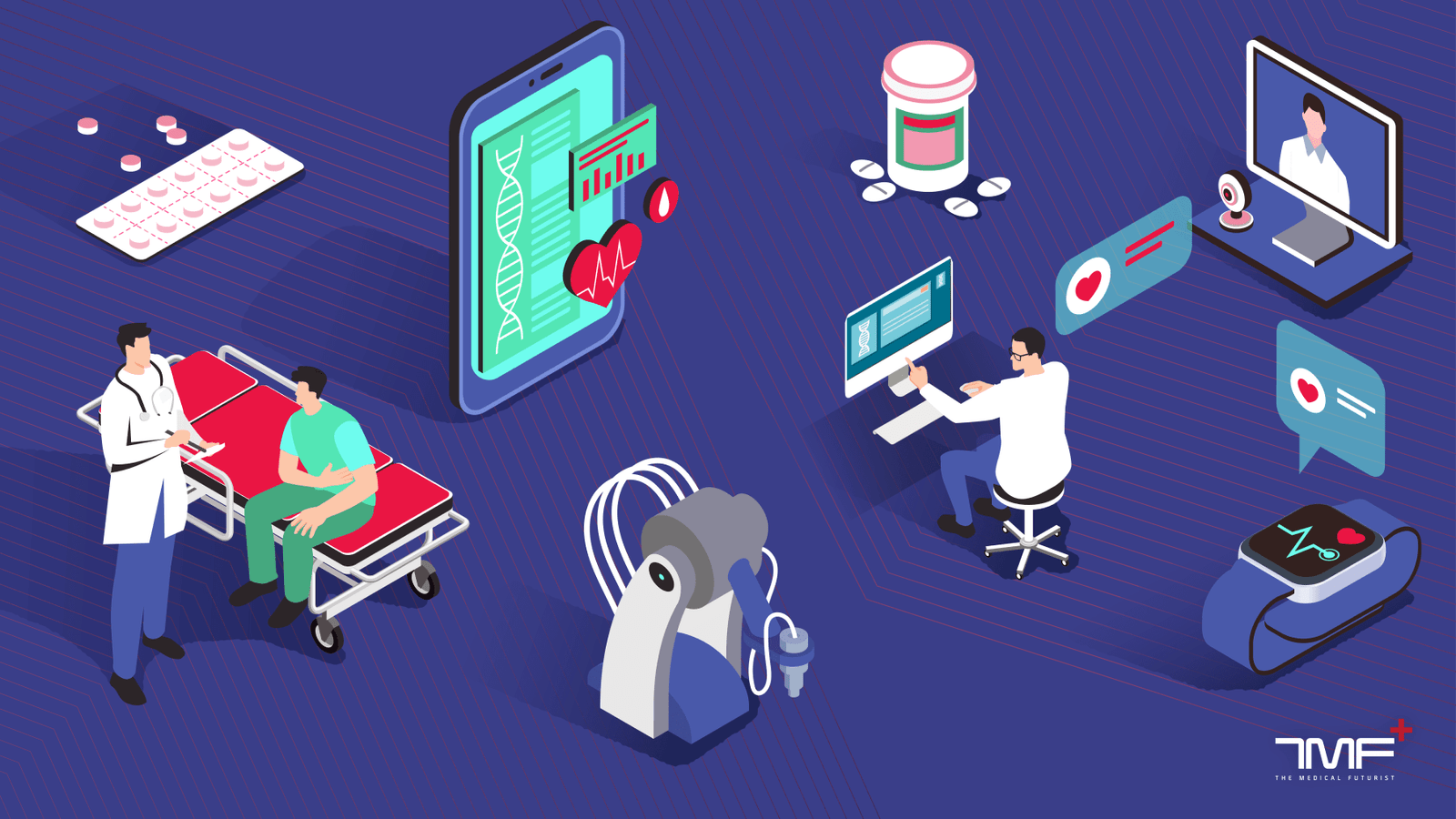
7 Medical Technologies We Are Looking Forward To Seeing More In 2023
Here is a list of seven technologies I trust will be gaining momentum in 2023 – and will have a significant effect on healthcare in general.

Andrea Koncz
7 min | 5 January 2023
As we just stepped over to this new year, it’s always good to take a moment and think about what lies ahead. We’ve already spent some time summarising recent advancements, now let’s focus on what is going to come in. Here is a list of seven medical technologies I trust will be gaining momentum in 2023 – and will have a significant effect on healthcare in general.
Asynchronous telemedicine becoming mainstream
Asynchronous telemedicine is a natural answer to a major problem of healthcare systems all around the world: a shortage in personnel. We’ve mentioned it so many times in the past years that I can only hope you are not crazy bored with the WHO statistics predicting a shortfall of 10 million healthcare workers by 2030.
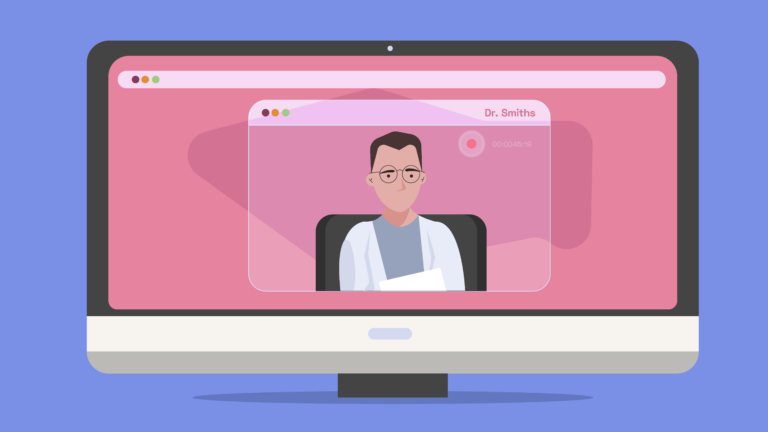
Asynchronous telemedicine can help us out. It comes in various forms, like forwarding a recorded video or audio message to a health practitioner for analysis and examination or sending a recorded health history to a specialist. Text messages and e-mails all belong to this category.
More examples include patients sharing images of wounds/symptoms with their doctors, and physicians sharing patient reports with other specialists. Also, symptom survey questionnaires and medical education quizzes belong here.
If you’d like to read more about the upsides and the downsides, head over here.
Creating synthetic medical records through GANs to fill in AI’s data gap
This is quite a complex one. AI does a lot of heavy lifting in medicine, and its role will only increase in the coming years. However, most algorithms are only able to do things exceedingly well if they are trained on massive datasets. AI can only diagnose breast cancer (lung cancer, developing heart conditions, and so on) with sufficient accuracy if it is trained on large amounts of diverse data, to ensure it will lack biases.
Large amounts of diverse health data, however, are not easy to come by. They are sensitive personal info, to name the first obstacle. And often we just don’t have enough real-world data, to name a second.

This is where synthetic data comes into the picture. Generative adversarial networks (we wrote about what they are and what they do here) can produce tons and tons of synthetic health data, which – in theory – mimics real-world data without the capacity or privacy issues. This, in turn, will result in algorithms that are better trained than ever before, and thus more capable to diagnose, forecast, or flag than ever before.
Wearable health sensors in the form of skin patches
Monitoring more health metrics than we used to with digital health devices will result in better patient outcomes. The earlier we learn about a patient having atrial fibrillation, the better the chances that the development of serious conditions can be prevented.
And the best way to get more, reliable health data is to make health monitoring easier, more comfortable and more available. To achieve this, making patients the point of care will serve us well. Wearable health sensors are not exactly new, but many earlier attempts fell short of expectations.
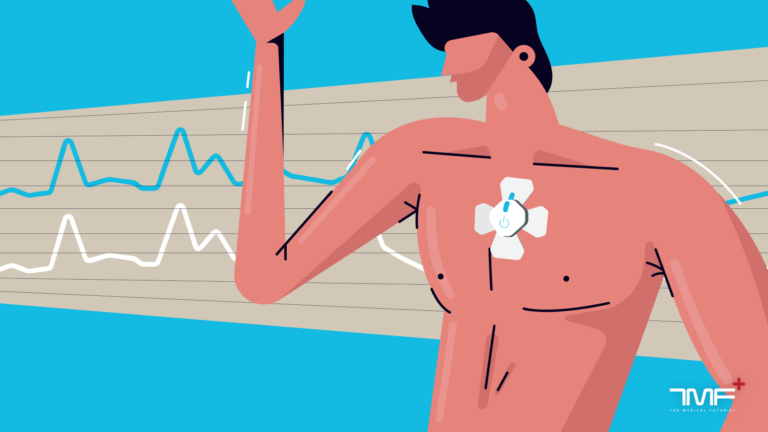
This seems to have changed, and we might have arrived at a point where these devices can become mainstream. I have seen several great examples in the past year, like the BioBeat 24-hour blood pressure monitor patch, which I reviewed, and the rise of wearable glucose monitors that I plan to test.
Blood draw devices in clinical trials
DIY-style blood drawing devices allow patients to safely and conveniently collect liquid or dried blood samples at home, in about 10-15 minutes. While this method will be far from omnipotent for the foreseeable future, it might have its merits. The pandemic highlighted how avoiding contact with a large number of random patients can be a wise idea. Besides, home sampling of blood can provide a very efficient and convenient method for clinical trials, encouraging patient participation.
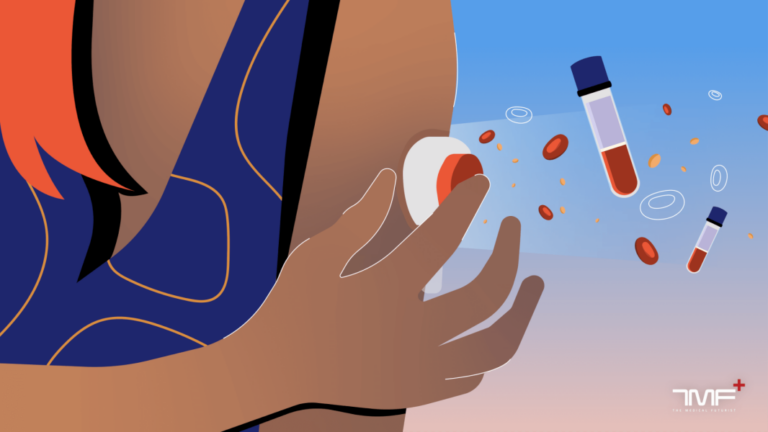
The DIY blood draw method was recently used in a clinical trial evaluating the efficiency of booster shots. Instead of having to visit a health facility multiple times, participants used DIY kits at home and mailed their samples to the lab.
Affordable vein scanners
Phlebotomy – drawing blood of a patient – has been practised for centuries and is still one of the most commonly used invasive procedures in medicine. Although the process seems simple enough, it actually carries some risks for both patients and health workers. In fact, WHO has a 125-page guideline – summarising the “simple, but important steps” which can make phlebotomy safe.
Drawing blood from a healthy, young, well-hydrated patient is rarely a challenge to a professional. On the other hand, older, dehydrated patients with their sunken or collapsed veins might make even the most experienced phlebotomist sweat a little. And giving it a second, third, and fourth go is a stressful experience for both parties.
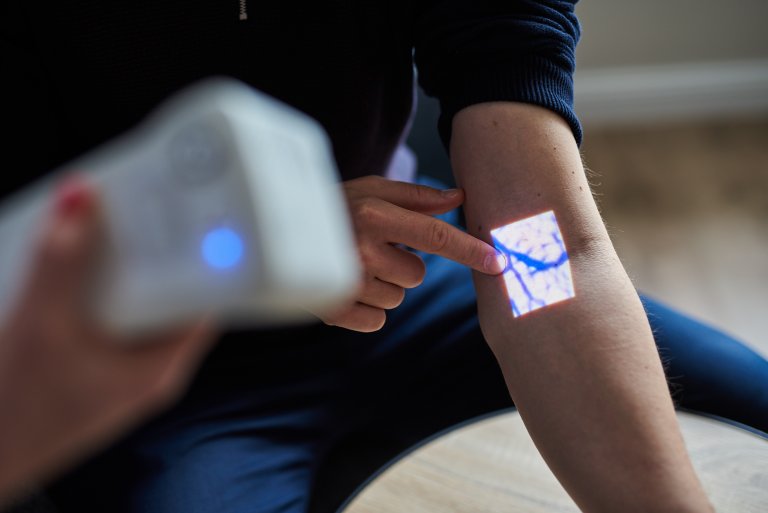
Vein scanners make blood draws easy even with traditionally difficult patients, but their steep price ($2,000 for the cheapest model) prevented them from becoming mainstream. This has changed, and the ones we have tested recently are finally more affordable. And one department can use one device to save costs. I expect to see more and more of these in the coming years.
Smart TVs become remote care platforms
The concept of turning one’s TV into a remote care hub isn’t new. Back in 2012, researchers designed a remote health assistance system for the elderly to use through a TV set. However, we are exploring this idea now as a major tech company has recently pushed for telehealth through TVs. In early 2022, electronics giant LG announced that its smart TVs will be equipped with the remote health platform Independa.
And in just a few months (late November) came a follow-up: a product called Carepoint TV Kit 200L, in beta testing now. Powered by Amwell’s Converge platform, the product is aimed at helping clinicians more easily engage with patients amid healthcare’s workforce shortage crisis.
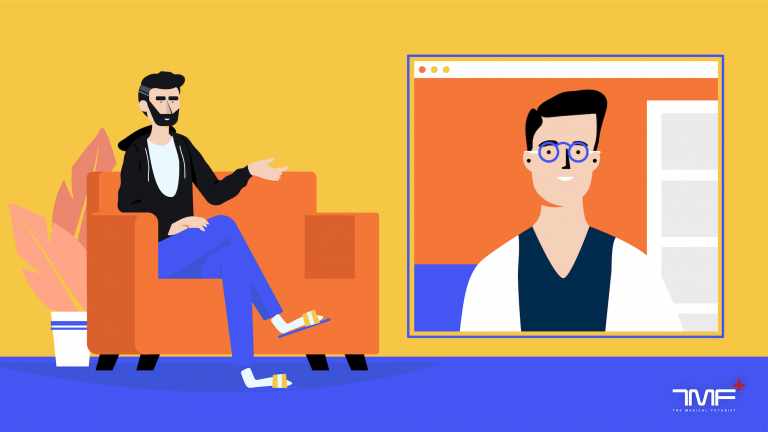
And they are not the only ones: HealthTap, a virtual healthcare provider based in California, and Samsung have established a strategic agreement to offer virtual healthcare to Samsung Smart TVs in the United States. Again, we are beginning to see how an existing device (almost everyone has a TV after all) is beginning to offer new, health-related benefits.
Emotion AI and Ambient intelligence entering the stage
Emotion AI is a kind of artificial intelligence that monitors, interprets, mimics and reacts to human emotions. It is also often called artificial emotional intelligence. Its aim is to develop algorithms that are better at reflecting our emotional states.
Ambient intelligence is a related concept. It refers to electronic environments that are sensitive and responsive to the presence of people. What does it mean? Less loud beeps in a hospital environment, for example. It aims to provide less interference without sacrificing the capabilities of technologies.
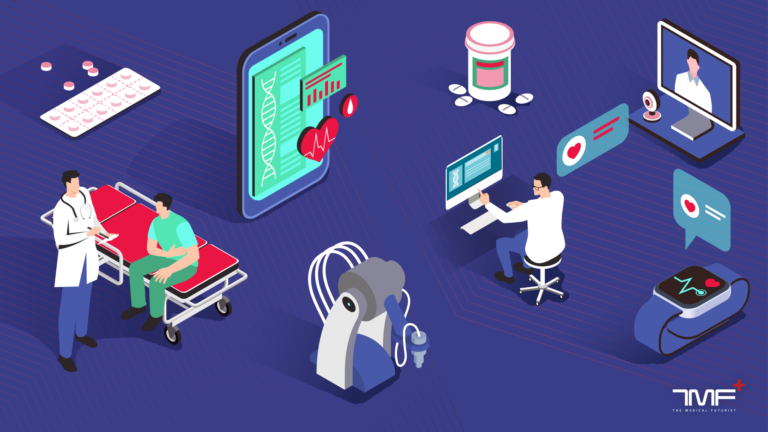
It is quite easy to understand how much more relaxing a hospital unit would be without all those mechanical noises, beeps, and alerts. Also, alarm fatigue, which is a well-known phenomenon in hospitals, could be largely avoided by using ambient intelligence.
Full article (Source: The Medical Futurist)

